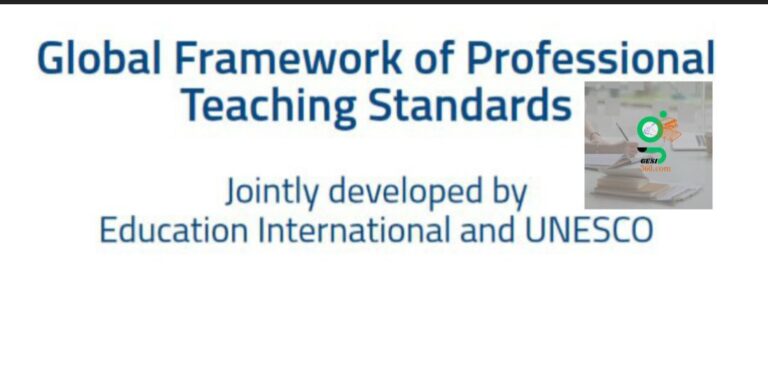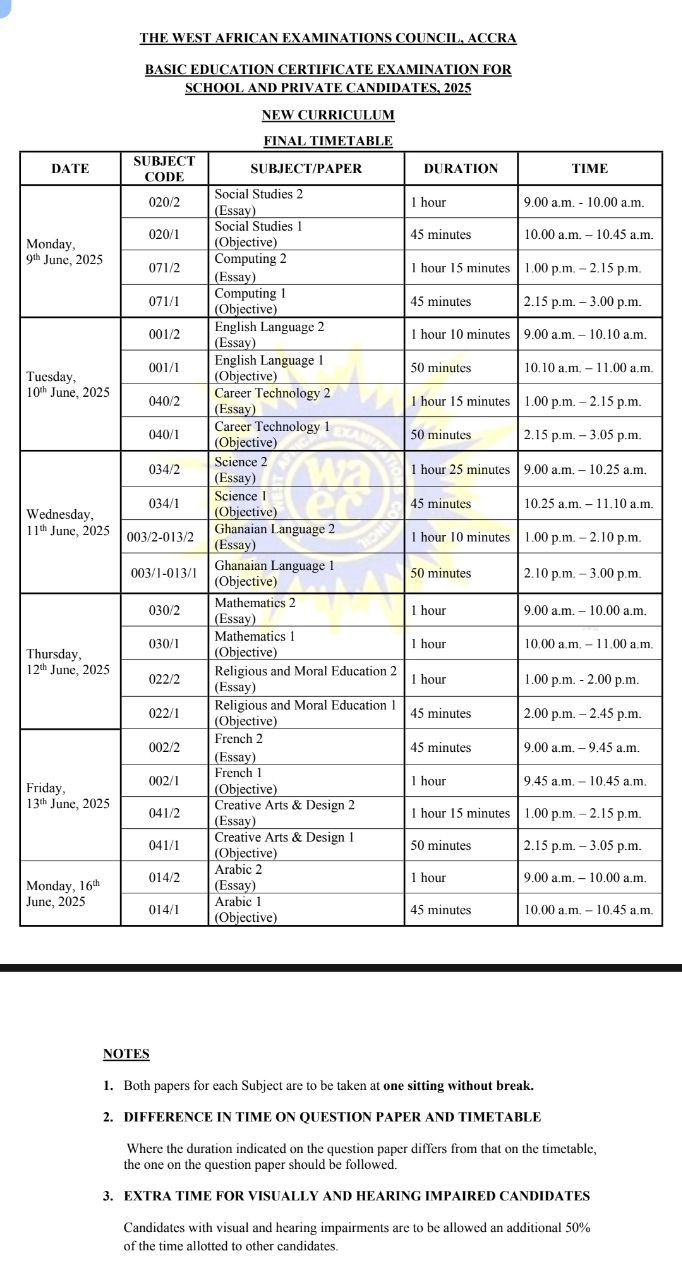Here are 100 plus Words Ending with ut Abut. About. Clout. Cut. Output. Input. Shut. Rout. Scout....
Global Teaching Standards
Global Framework of Professional Teaching Standards 3 Domains, 10 Standards “Teacher professionalism is not negotiable. Just as...
How to involve every Learner in class to take active part in the Lesson PLC With large...





